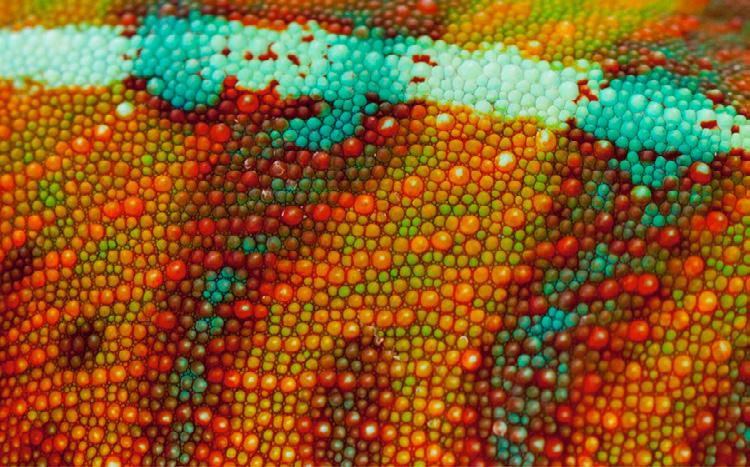
1 minute read
WILDLIFE
This evocative photo of a gemsbok amidst the stark Namibian desert paves the way to discuss the third style of wildlife photography that is sure to yield impressive results – creative photography.
Of course, one could argue that the topics already addressed are creative, such as an appealing composition or unique landscape elements or the use of blur and depth of field constitutes. However, what we’re talking about here is much more outside the box. Take, for example, the photograph below of the skin of a panther chameleon in Madagascar. Endlessly patient, the chameleon sat for virtually every photo desired –guidebook-style photos, ones that integrate an evocative landscape and more. However, some would argue that this seemingly-obscure close-up of the skin is one of the most interesting of all. Combining vivid colors, arresting texture, and plenty of mystery and intrigue, this exemplifies the creative wildlife photography angle. Sometimes these shots may be the first you think of, and other times they come only after every other logical shot has been taken.
In the end, there are many different types of wildlife photography, but the common denominator is, of course, the wildlife itself. Thus, it is key that the subject is composed nicely (see our Composition section), whether it’s on its own, part of a landscape, or creatively arranged in the frame. And regardless of where it is in the frame, it should be in good focus. Again, rules are always meant to be broken, so there are always instances where this is not the case, but 9 times out of 10, you will want the animal to be in focus. And if the animal is big enough that only part of it can be in focus, be sure to focus on the eye, as this will yield the most solid connection between the animal and the viewer of your photograph.
Here are some questions that you should ask yourself when prepping to take photos of wildlife:
1. Should you isolate the animal from the environment or feature the two together?
2. Do I want this photo to be more of a “field guide style” or arranged creatively in the frame?
3. How can I tell the most interesting story of this wildlife sighting through the eyes of my camera? Should I focus on the texture of its fur, the look in its eye, its place in the environment, or something else?
4. Is my subject in focus, and where should I place it in the frame?










